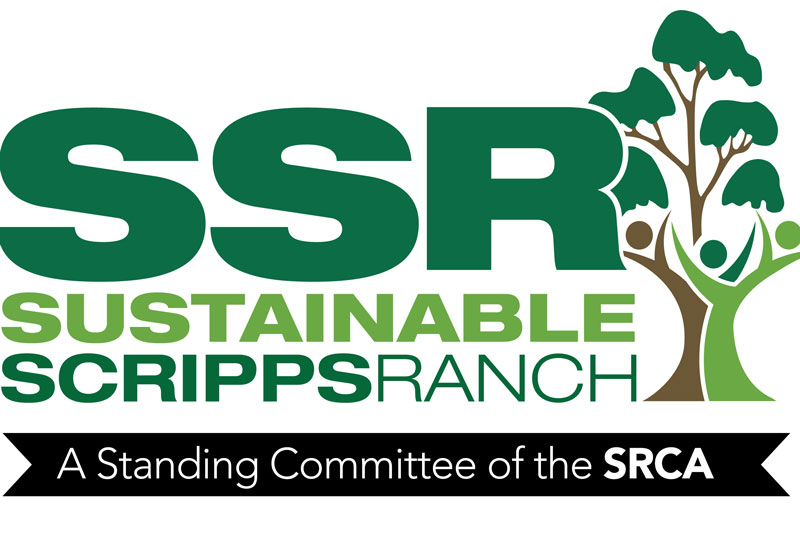
The true role of compost in gardening and farming
Since the early days of crop cultivation, gardeners have used compost to enhance the health and productivity of their gardens. Historically, compost was thought of as a way to increase soil organic matter and provide nutrients for growing healthy plants. However, recent soil microbiology research has revealed that compost itself is not very effective at increasing soil organic matter. The primary products of compost decomposition are carbon dioxide and water, with most of the carbon, about 90 percent, getting released back into the atmosphere, not into the soil. In fact, compost’s true value is in nurturing and growing beneficial microorganisms and transporting them into the soil where they play a crucial role in growing healthy plants through nutrient cycling.
It turns out, plants are the main source of carbon in the soil conveyed through the plant’s roots in the form of exudates: sugars, carbohydrates, enzymes, proteins and amino acids. While the plant uses a majority of these organic compounds, synthesized from sunlight, air, water and trace nutrients from the soil to grow its leaves, roots, flowers, fruit, seeds, etc., the plant leverages about 30-40 percent to entice nearby bacteria and fungi in the soil to feed it the nutrients it needs. While a plant’s roots can access some nutrients directly, they have limited reach and must rely on the microorganisms that surround them to supply the nutrients. This zone immediately around the root, teaming with microorganisms, is called the rhizosphere. This symbiotic relationship between plants and soil microbiology has existed since life emerged from the sea onto the land. Ingeniously, the plant uses very specific exudate compounds to signal to these microorganisms exactly what the plant needs, when it needs it, much like our own biochemistry. In turn, the microorganisms consume the exudates and serve up a buffet of nutrients for the plant.
So, what does this mean for your garden? Of course, keep using compost. Mix some compost with your seeds and seedlings before planting. Use compost as mulch to cover your soil. Generally, the “potting soil” you buy from your local nursery is sterile with no beneficial microorganisms. The best compost is the one you make from your garden and kitchen waste that has abundant and local microorganisms. Make sure your compost is always aerated and moist to avoid growing anaerobic bacteria and fungi that can harm your plants. A good compost will have a mild, earthy smell. If it smells bad, don’t use it. It’s also important not to disturb your compost as it is maturing. Beneficial fungi are delicate and take a while to grow in your compost, sometimes looking like mold or mildew. Turning your compost breaks up the fungal strands and the fungi have to start all over again. Think of your compost as a probiotic for the soil!
About the author: Dr. Nicola Peill-Moelter received her Ph.D. in Environmental Engineering Science from Caltech. In 2018, she stumbled upon regenerative farming when she read the book “Dirt to Soil” by farmer Gabe Brown. Since then, she became obsessed with regenerative farming.
Upcoming events
• Dec. 15: Stargazing, sunset at West Sycamore, east end of Stonebridge Parkway.
• Dec. 16: Garden Share, 11 a.m.-1 p.m. at the Scripps Ranch Library.
Sustainable Scripps Ranch is a standing committee of the Scripps Ranch Civic Association. To learn more about Sustainable Scripps Ranch, visit scrippsranch.org/ssr or email SustainableSR@scrippsranch.org.
